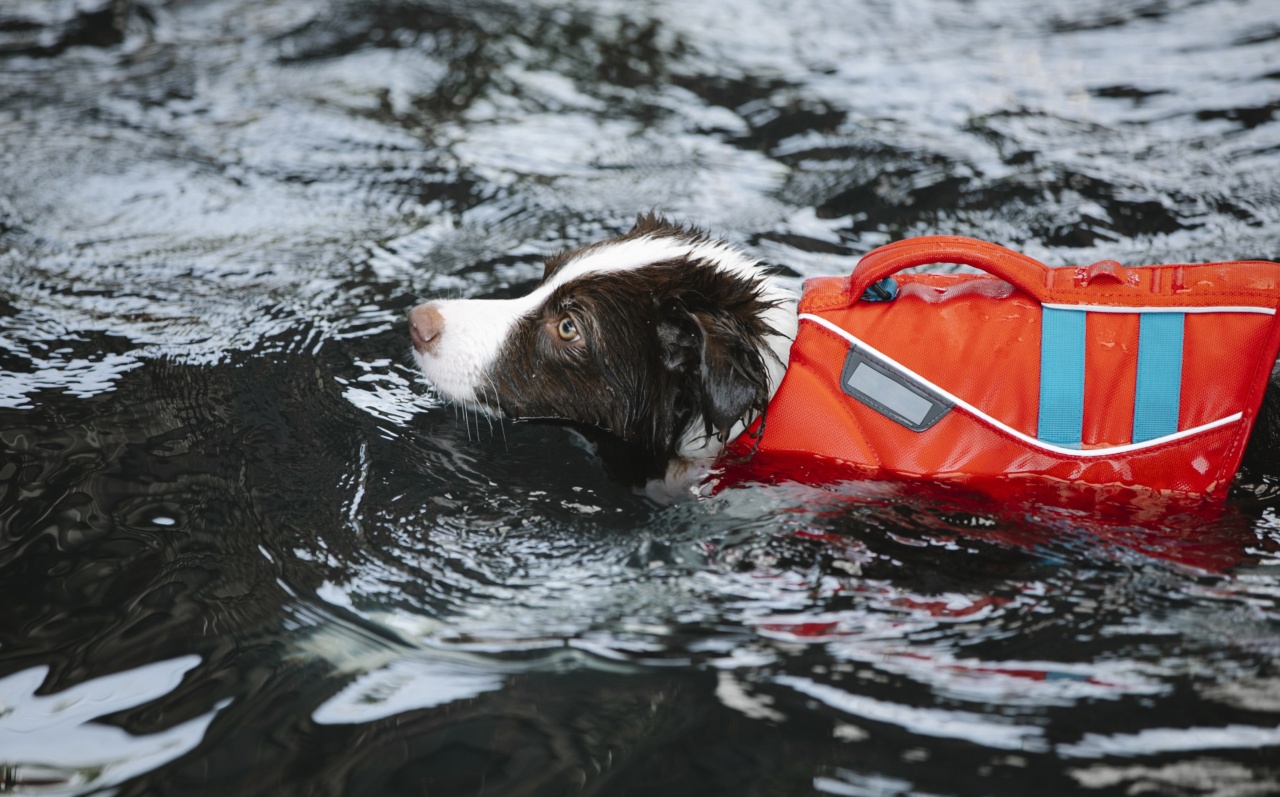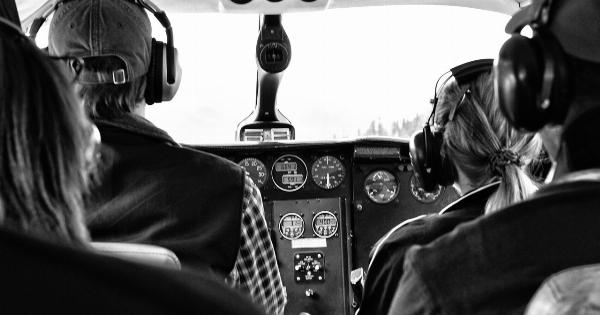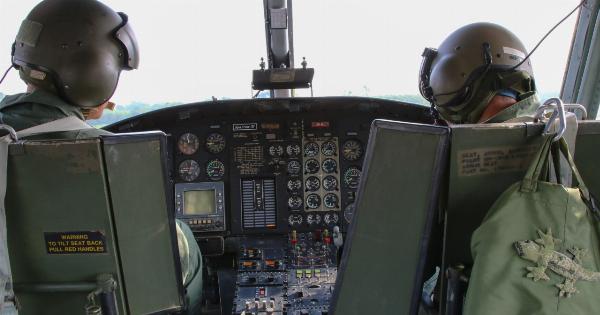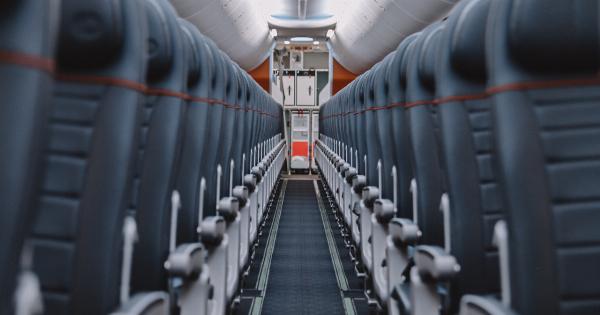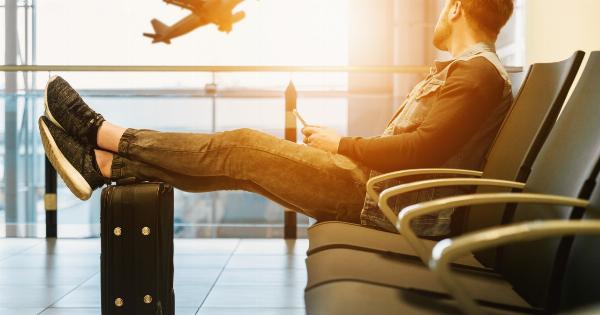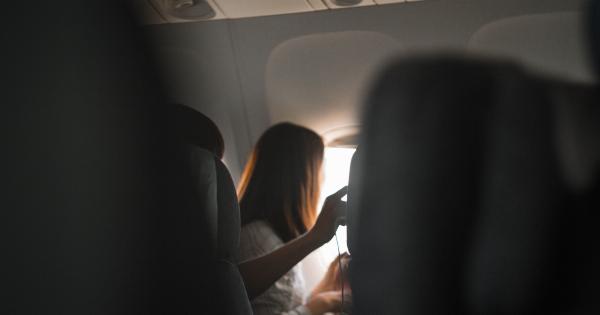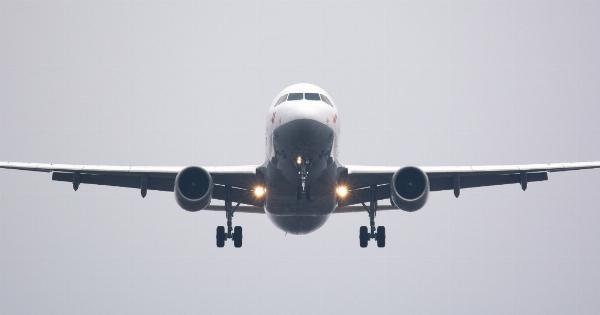In recent years, there has been a significant increase in the number of emotional support animals (ESAs) traveling on flights within the United States.
While these animals provide much-needed comfort and assistance to their owners, the rise in their presence has also caused several problems and controversies. As a result, the Department of Transportation (DOT) has implemented new regulations, allowing only trained dogs to fly as service animals and assist other animals during air travel.
These regulations aim to ensure the safety and well-being of both passengers and animals during flights.
The Growing Concerns Regarding Emotional Support Animals
Emotional support animals have become a common sight on airplanes, ranging from dogs and cats to birds and even miniature horses.
The current rules allow passengers to request to fly with their ESA without providing extensive documentation or certification of the animal’s training. This leniency has led to abuse of the system, with some passengers trying to bring untrained and ill-behaved animals on board, causing discomfort and sometimes even safety hazards to other passengers.
Airlines have reported various incidents involving emotional support animals, including bites, aggression, and defecation.
These incidents not only pose a risk to the physical well-being of passengers but also create an unhealthy and stressful environment. In response to these concerns, the DOT has taken steps to redefine the terms and conditions surrounding the acceptance of animals on flights.
Advantages of Trained Dogs as Service Animals
Trained dogs have long been recognized for their ability to provide assistance to individuals with disabilities. Their intelligence, loyalty, and adaptability make them ideal candidates for service animals.
When it comes to assisting other animals, trained dogs excel in tasks such as guiding visually impaired pets, calming anxious animals, and providing support during emergencies.
Unlike emotional support animals, trained dogs receive extensive training to ensure they can handle various situations encountered during air travel.
They undergo obedience training, socialization, and specific task training to assist animals that may be in distress or require guidance. Trained dogs are taught to remain calm in stressful environments and respond to commands even with distractions.
The specific training that these dogs undergo prepares them to handle the challenges of air travel and provide effective support to other animals onboard, while minimizing the risk of accidents or incidents that untrained animals may cause.
This ensures a safer and more comfortable journey for all passengers.
Implementing New Regulations for Safer Air Travel
The DOT’s new regulations regarding service animals on flights are aimed at addressing the loopholes in the current system.
Under the new rules, only trained dogs will be recognized as service animals and be permitted to assist other animals during air travel. This distinction will help in significantly reducing the number of untrained and potentially disruptive animals on flights, contributing to a more secure environment.
The regulations specify that passengers must provide official documentation confirming that their dog is a trained service animal.
This documentation can include certificates from recognized service animal training organizations, veterinarian records, or demonstration of the dog’s training abilities. Additionally, passengers will be required to fill out a form, acknowledging their responsibility for the behavior of their service animal during the flight.
These measures are beneficial, not only to passengers who require the assistance of trained service animals but also to other passengers who may be fearful or allergic to animals.
By setting higher standards for the acceptance of animals on flights, the DOT is ensuring that individuals with legitimate disabilities or needs are properly accommodated while safeguarding the rights and safety of others.
Possible Challenges and Considerations
While the new regulations aim to enhance the flying experience for everyone, implementing them may present some challenges. One significant challenge is the verification of a dog’s training and certification.
Currently, there is no standardized national registry for service animals, making it difficult to validate the authenticity of training organizations or certificates.
Another concern is the potential increase in costs for passengers traveling with trained service animals. In some cases, service animals may require a separate seat or special accommodations that may come at an additional expense.
Ensuring that these costs are manageable for individuals who need the assistance of service animals will require careful consideration and regulation.
Additionally, while trained dogs are well-equipped to deal with the demands of air travel, it is essential to determine the compatibility of the animals they will be assisting.
Some animals may have specific needs, such as being fearful of dogs or having allergies, which must be considered to avoid any negative impacts on their well-being during a flight.
Collaboration Between Airlines and Passengers
The successful implementation of these new regulations relies on collaboration between airlines and passengers.
Airlines must ensure that their employees receive proper training to recognize legitimate service animals and understand the new criteria for accepting them on flights. Passengers, on the other hand, must respect the regulations and provide the necessary documentation to validate their dog as a trained service animal.
Communication between airlines and passengers is crucial in addressing any concerns or special needs that may arise during the booking or boarding process.
This collaboration will help create a smoother and more accommodating experience for individuals traveling with trained service animals.
Conclusion
The rise in the number of emotional support animals on flights has prompted the Department of Transportation to implement new regulations for safer air travel.
By allowing only trained dogs to assist other animals during flights, the DOT aims to minimize incidents caused by untrained animals and provide a more secure environment for all passengers. Trained dogs, with their specialized training and adaptability, are well-suited to handle the challenges of air travel and effectively assist other animals onboard.
However, the successful implementation of these regulations relies on the collaboration between airlines and passengers, ensuring that the necessary documentation is provided and trained service animals are recognized and accommodated appropriately.
